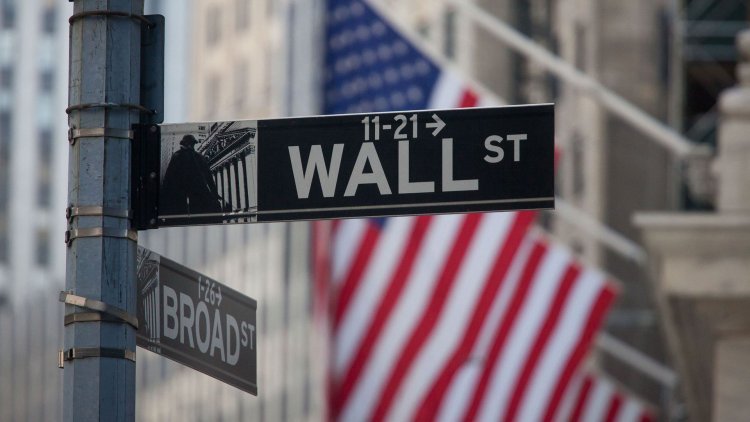On fears of a Fed rise, Wall Street drives stocks down and the dollar up
The Nasdaq Composite slid almost 2% to 12,705.22, the S&P 500 lost 1.29% to 4,228.37, and the Dow Jones Industrial Average dropped 0.86% to 33,706.15.

On Friday, traders were concerned about inflation and what the Federal Reserve would do to battle it, which caused U.S. stocks to decline and the currency to rise while Treasury yields increased.
Large technology companies like Amazon.com Inc. and Alphabet Inc. had more than 2% declines as higher rates became more likely. The sector's late-summer recovery was reversed as major banks like JPMorgan Chase & Co, Bank of America Corp (BAC.N), and Deutsche Bank AG fell more than 2%. Additionally, Deere & Co.'s earnings disappointment contributed to the risk-off atmosphere.
The Nasdaq Composite slid almost 2% to 12,705.22, the S&P 500 lost 1.29% to 4,228.37, and the Dow Jones Industrial Average dropped 0.86% to 33,706.15.
The biggest increase in German producer prices ever in July contributed to the doom surrounding the economic outlook, causing European markets to decline on Friday and suffer a weekly loss. The STOXX 600 for all of Europe finished 0.8% down.
The 47-country MSCI world equity index, which measures stocks, fell 1.3%.
"Market participants will find central banks still far from having fulfilled their goals of reigning down inflation," the rates strategists at ING wrote in a letter to clients. "They will start to return from their holidays and look back."
That implies a continuing struggle between expectations of central banks tightening and recession worries.
Thomas Barkin, president of the Richmond Federal Reserve, said on Friday that U.S. central bank officials still have "a lot of time" to decide how much of an interest rate increase to approve at their policy meeting on September 20-21.
However, fresh hawkish remarks from Fed officials on Thursday helped lift the dollar index to a one-month high of 0.5% on Friday. At $1.003, the euro was down 0.44%.
On Friday, U.S. Treasury yields increased as well, mirroring the decline in European bonds due to concerns about inflation.
As investors became concerned about the U.S. Federal Reserve's intention to tighten monetary conditions, the benchmark 10-year Treasury yield in the United States increased to a month high of 2.9776%, barely shy of the 3% level it crossed in May for the first time since 2018.
Investors will be closely examining the minutes from the July meeting of the European Central Bank as well as any remarks made by Fed Chair Jerome Powell when he speaks on August 26 at the annual international central banking conference in Jackson Hole, Wyoming. View More
In a client note, Bank of America economist Michael Gapen stated that "incoming data, on the whole, suggests the U.S. economy retains fairly robust pace." He mentioned rising figures for retail sales and motor vehicle assembly, but he pointed out falling housing data.
We note that higher momentum will eventually be met with additional policy rate firming. "Incoming data was not uniformly robust," Gapen continued.
CRYPTO, GOLD, AND OIL OFF
Despite Friday's stability, oil prices fell for the week due to a stronger dollar and concerns that a slowing economy would reduce demand for petroleum.
While Brent was trading at $96.04, down 0.57% on the day, U.S. crude dropped 0.4% to $90.14 per barrel.
Bitcoin hit a three-week low after unexpected selling drove cryptocurrency prices substantially lower. It was last trading at $21,332, down about 9% today.
Gold had just reached a three-week low and was on track for its first weekly decline in a month. The fifth straight session of spot gold declines—which might be the longest losing sequence since November 2021—saw the metal down approximately 0.67% at $1,746 per ounce.




 admin
admin 




















